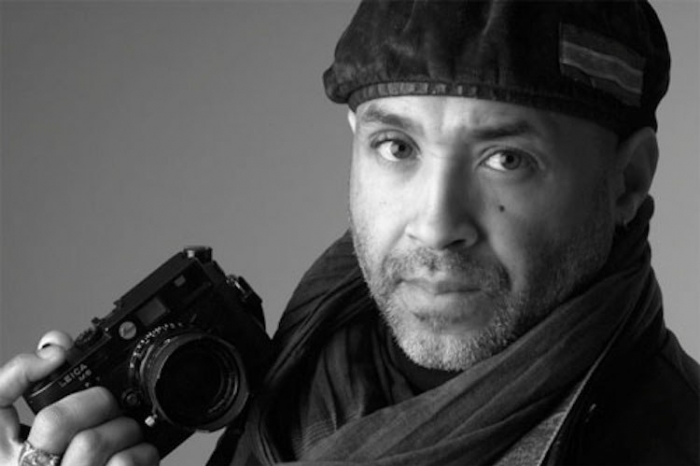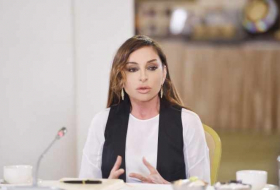He filmed fall of the Berlin wall. At the same time, he visited South Sudan, India, Rwanda, Zaire. He also filmed Nagorn Karabakh, Iraq, Afghanistan, Kashmir and Lebanon conflicts.
The younger Mr. Greene had a “somewhat privileged yet traumatic childhood,” said his longtime friend Jules Allen. “There was a loneliness there that was insatiable, but he was blessed enough to at least partially deal with his pain through photography.”
As a teenager, Mr. Greene joined the Black Panthers and was active in the antiwar movement. His dreams of becoming a painter gave way to photography, and he was encouraged in that pursuit by the renowned photojournalist W. Eugene Smith.
In the 1970s, Mr. Allen and Mr. Greene shared a darkroom and a studio in San Francisco while Mr. Greene studied photography at the San Francisco Art Institute. Some of his early work was published in “The Western Front,” a book that chronicled the city’s punk music scene in the 1970s and ’80s.
He cut as striking a figure as some of the musicians he photographed. “Stanley was a punk rocker who drove a Mustang,” Mr. Allen said. “He wore a black leather motorcycle jacket, a black beret, two scarves, three watches and four bracelets, as well as two great cameras and a bandoleer of film strapped across his chest.”
Mr. Greene worked as a fashion photographer in the 1980s and moved to Paris, where he later joined the Vu photo agency. He worked extensively in Africa and the former Soviet Union. He was the only Western photographer in Russia’s White House in 1993 during an attempted coup against the president, Boris Yeltsin. Trapped inside, amid shelling and gunfire, Mr. Greene continued to photograph throughout the building, capturing two images that received World Press Photo awards.
“The fact that I thought I was going to die gave me courage,” he wrote in “Black Passport.” “Courage is control of fear. I think that this incident is the one that steeled me. I’m no hero, but it made me so that once I commit to a story, I have to see it through.”
A 1992 Moscow encounter with Kadir van Lohuizen, a fellow member of Vu, marked the beginning of a close friendship that would lead to their founding Noor Images in Amsterdam, a collective of photojournalists.
Given the emotional toll and the physical dangers of his work, Mr. Greene discouraged others from following in his footsteps.
“Though I’m bombarded by young photographers who ask me how to become a conflict photographer, I tell them, ‘Get a life,’” he wrote in “Black Passport.” “If they persist, I tell them about the consequences. I tell them there is no glory.”
Even as his health was failing, Mr. Greene continued to work, returning last month from a road trip through northern Russia, where he and Maria Turchenkova began a project on the 100th anniversary of the Russian Revolution.
At the end of “Black Passport,” Mr. Greene reflected on the centrality of storytelling to the human experience. Wars are fought, he said, because people have different views of the same story.
“Photography is my language and it gives me the power to tell what otherwise is not told,” he said. “Eugene Smith told me vision is a gift, and you have to give something back. He haunts me like that. It’s not the bang-bang that compels me. It never was. At the end of the day it is not about death, it is about life.
“The quest is to try to understand why human beings behave the way they do,” he continued. “The question is, How does this happen? And sometimes, the only way to find out is to go to where it is happening. One day the neighbors are talking to each other over the fence, and the next they are shooting at each other. Why is it that we don’t consider life precious, and instead we literally let it drip through our fingers?”
More about: #StanleyGreene













































